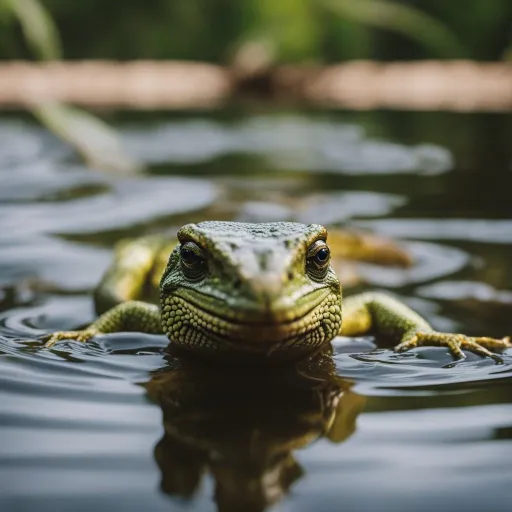So you’re curious about whether Florida lizards lay eggs or not? Well, wonder no more! This article will shed some light on the fascinating world of Florida lizards and uncover the truth behind their reproduction.
From the secretive lives of these scaly creatures to the intricate process of egg-laying, you’ll gain a deeper understanding of the reproductive habits of these Florida natives.
Get ready to discover the surprising answer to the burning question: do Florida lizards lay eggs?
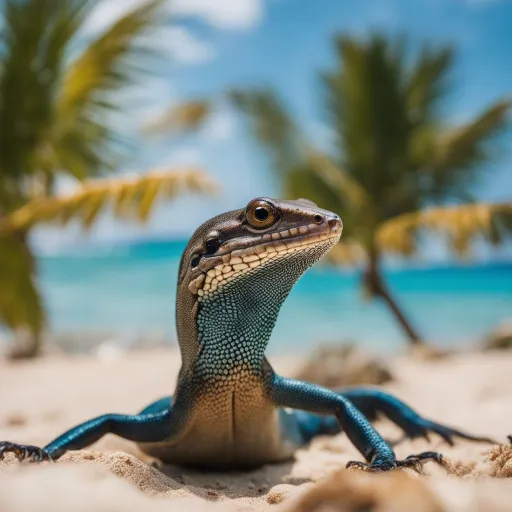
Types of lizards found in Florida
Florida is home to a diverse range of lizard species, and among them are three prominent types: anole lizards, gecko lizards, and skink lizards.
Anole lizards
Anole lizards, also known as American chameleons, are a common sight in Florida. They have the ability to change color, which can vary from green to brown, helping them camouflage in their surroundings.
These lizards are known for their bold and active nature, often seen darting between plants and trees. Anole lizards come in various sizes and can be found both on the ground and in trees.
Gecko lizards
Gecko lizards are another prevalent lizard species in Florida. Known for their unique toe pads that allow them to climb walls and ceilings, these lizards are nocturnal creatures. Their eyes are adapted to see well in low light conditions, and they possess a distinctive chirping or barking vocalization. Geckos are typically smaller than anole lizards and can often be found in and around human settlements.
Skink lizards
Skink lizards are a diverse group of lizards found in Florida, with several different species inhabiting the region. These lizards have smooth, shiny scales and are known for their ability to shed their tails as a defense mechanism when threatened. Skinks are typically ground-dwelling lizards, but some species can also climb trees. They come in various colors and sizes, with some species displaying vibrant patterns.
Reproduction in lizards
Lizards, including those found in Florida, reproduce through two primary methods: sexual reproduction and asexual reproduction.
Sexual reproduction
Sexual reproduction in lizards involves the fusion of sperm and egg, resulting in the production of offspring with genetic variation. Male lizards typically engage in complex mating behaviors to attract females, and this process culminates in the deposition of eggs.
Asexual reproduction
Asexual reproduction, in contrast, does not involve the fusion of gametes. Instead, females can produce offspring without mating. This process, known as parthenogenesis, allows female lizards to reproduce without the need for a male partner.
Sexual reproduction in lizards
Sexual reproduction in lizards encompasses various aspects, including mating behavior, the role of eggs, and the incubation period.
Mating behavior
Mating behavior in lizards can differ between species, but it often involves courtship displays from males to attract females. Males may perform elaborate dances, bob their heads, or display vibrant colors to impress potential mates. Once a female has been courted successfully, mating occurs.
The role of eggs in sexual reproduction
Eggs play a vital role in sexual reproduction for lizards. After mating, female lizards produce eggs that develop and ultimately hatch into offspring. These eggs contain the genetic material necessary for the growth and development of the next generation of lizards.
Incubation period
After laying their eggs, female lizards carefully select a suitable nesting site for incubation. The length of the incubation period can vary depending on the species and environmental conditions such as temperature and humidity. During this period, the eggs are kept warm and protected until they are ready to hatch.
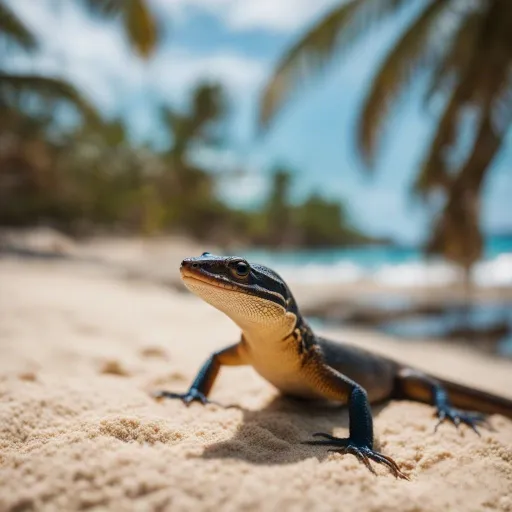
Asexual reproduction in lizards
In some cases, female lizards are capable of reproducing without mating through a process called parthenogenesis. This form of asexual reproduction allows female lizards to produce offspring that are clones of themselves.
Parthenogenesis
Parthenogenesis occurs when unfertilized eggs develop into viable embryos. This process allows females to reproduce when males are scarce or unavailable. The offspring produced through parthenogenesis are typically genetically identical to the mother lizard.
Advantages and disadvantages of asexual reproduction
Asexual reproduction has both advantages and disadvantages for lizards. The main advantage is the ability to reproduce without the need for a male partner, which can be beneficial in certain situations. However, asexual reproduction can lead to a lack of genetic diversity, potentially limiting the adaptability and resilience of future generations.
Egg-laying habits of lizards in Florida
Lizards in Florida exhibit various egg-laying habits, including the types of lizards that lay eggs, optimal egg-laying conditions, nesting and mating seasons, and clutch size.
Lizards that lay eggs
Anole lizards, gecko lizards, and skink lizards are all known to lay eggs. These eggs serve as a means of reproduction, allowing the continuation of their species.
Optimal egg-laying conditions
For successful egg-laying, lizards require specific conditions. Temperature and humidity play crucial roles in the development of lizard eggs. Proper nesting materials and exposure to sunlight are also important factors that ensure the well-being of the developing embryos.
Nesting and mating season
In Florida, the nesting and mating season for lizards typically occurs during the warmer months of the year. This period provides ideal conditions for egg development and the survival of the hatchlings. Each lizard species may have specific preferences for the timing of nesting and mating, which can vary to ensure the best chances of successful reproduction.
Clutch size
The clutch size, or the number of eggs laid by a female lizard, varies between species. Factors such as the size of the female, environmental conditions, and the availability of resources can influence the clutch size. Generally, larger lizards tend to lay larger clutches, but there can also be variations within a species.
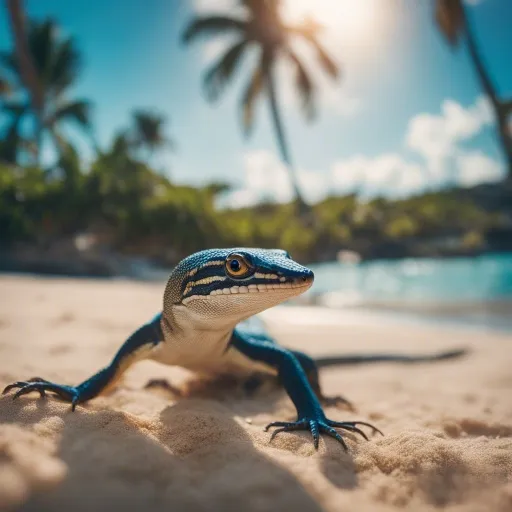
Optimal egg-laying conditions for Florida lizards
Ensuring optimal conditions for egg-laying is crucial for the successful reproduction and survival of lizard species in Florida.
Temperature and humidity requirements
Lizards in Florida require specific temperature and humidity levels for optimal egg development. These reptiles are ectothermic, meaning they rely on external sources of heat to regulate their body temperature. Ensuring appropriate habitat temperatures and providing a suitable range of humidity levels can greatly enhance the chances of successful egg incubation.
Nesting materials
Lizards often construct nests using various natural materials, such as leaves, soil, or vegetation, to create a suitable environment for their eggs. The choice of nesting materials can vary depending on the lizard species and their specific nesting requirements.
Exposure to sunlight
Sunlight is essential for the development of lizard eggs. It provides the necessary warmth and UV radiation required for proper embryonic development. Access to sunlight allows the eggs to reach optimal temperatures, promoting healthy growth and development.
Nesting and mating season of Florida lizards
The nesting and mating season of Florida lizards is influenced by environmental cues and species-specific behaviors.
Timing of nesting and mating
Lizards in Florida typically mate and nest during the warmer months when environmental conditions are favorable for egg development. Depending on the species, the timing of nesting and mating can vary. Some lizards may be more active during early mornings or late afternoons, while others prefer specific times of the year.
Mating rituals
Mating rituals in lizards can be elaborate and varied. Male lizards may engage in courtship displays, vocalizations, or territorial behaviors to attract females. These rituals play an important role in pair selection and mating success.
Nest site selection
When the time comes for egg-laying, female lizards carefully select suitable nest sites. Factors such as temperature, humidity, and potential predators influence their choice. Nest site selection is crucial to ensure the survival of the eggs and the hatchlings.
Clutch size of Florida lizards
The clutch size, or number of eggs laid by female lizards in Florida, can vary depending on various factors.
Determinants of clutch size
The size of a female lizard often influences the clutch size, with larger females generally producing larger clutches. Other factors include the availability of resources, environmental conditions, and the specific reproductive strategies of the species.
Range of clutch sizes
Clutch sizes can vary greatly among lizard species in Florida. Some lizards lay a few eggs per clutch, while others can lay dozens. These variations are influenced by factors such as the lizard’s reproductive strategy, ecological niche, and the energy investment required for raising the offspring.
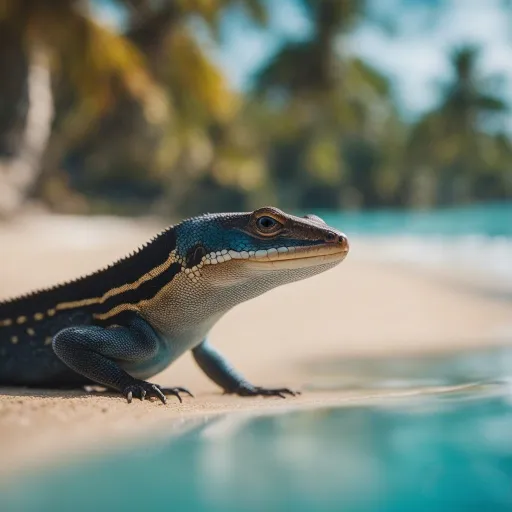
Life cycle of lizard eggs
Lizard eggs go through a remarkable life cycle, including egg development and the hatching process.
Egg development
After being laid, lizard eggs enter a period of incubation, during which the embryos develop. The length of the incubation period varies among species and is influenced by factors such as temperature and humidity. During this time, the eggs are kept warm and provided with necessary conditions for growth and development.
Hatching process
When the embryos have fully developed, the eggs hatch, and the hatchlings emerge. The hatching process can range from a few days to several weeks, depending on the species and environmental conditions. Hatchlings often possess adaptations that aid in their survival, such as well-developed limbs and senses for navigating their surroundings.
Survival challenges for hatchlings
Upon hatching, the survival of lizard hatchlings is not guaranteed. They face various challenges, including predation, competition for resources, and the need to learn vital skills for survival. The ability to evade predators, find food, and establish suitable shelter are all critical factors in determining the survival and future reproductive success of the hatchlings.
Final Thoughts
In conclusion, Florida is home to an array of lizard species that exhibit fascinating reproductive behaviors.
From sexual reproduction involving mating rituals and egg-laying to the remarkable ability of female lizards to reproduce asexually, these reptiles have developed a range of strategies to ensure the survival of their species.
Understanding the egg-laying habits, optimal conditions for reproduction, and the life cycle of lizard eggs helps shed light on the intricate world of Florida’s lizard population.



